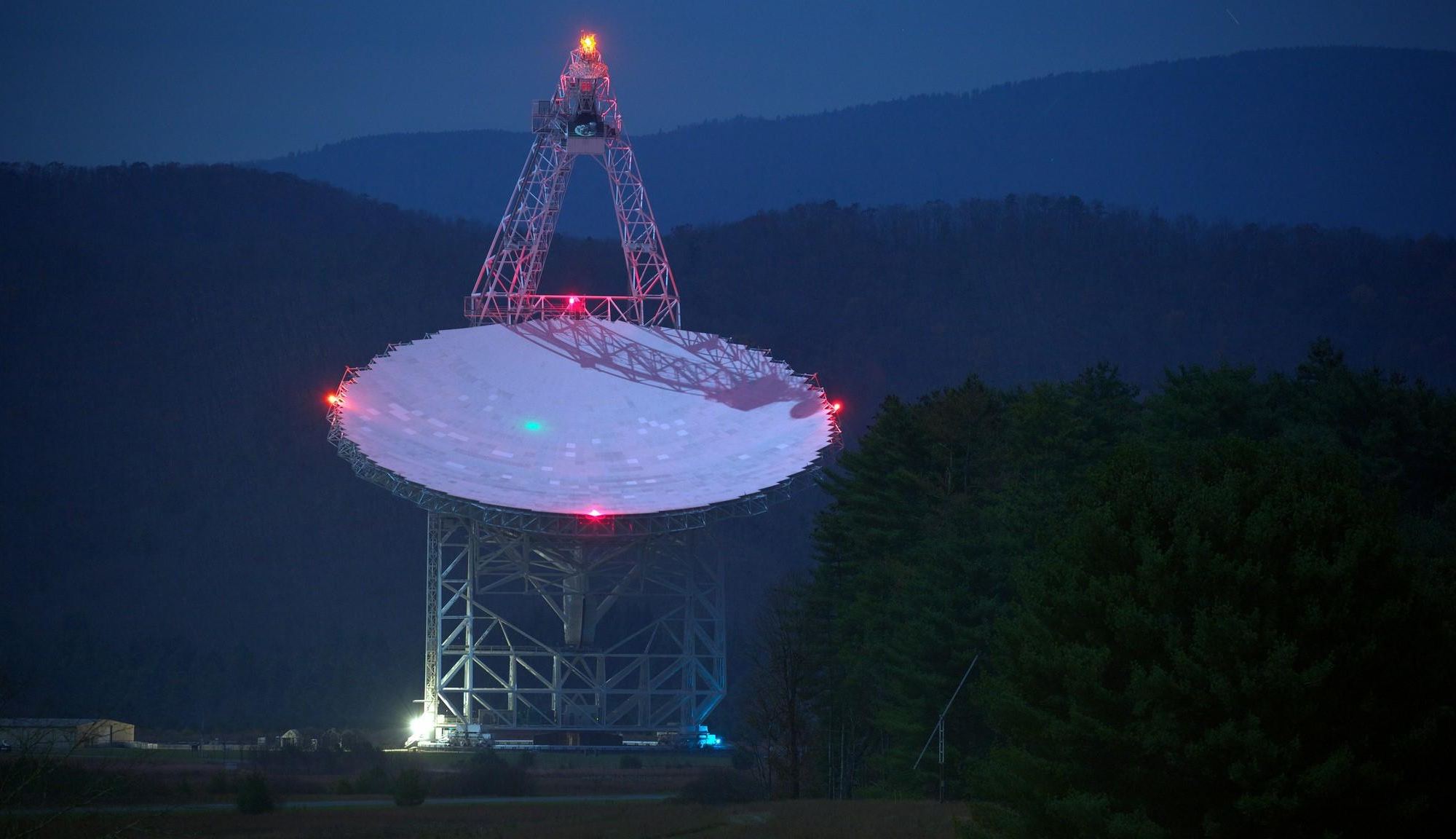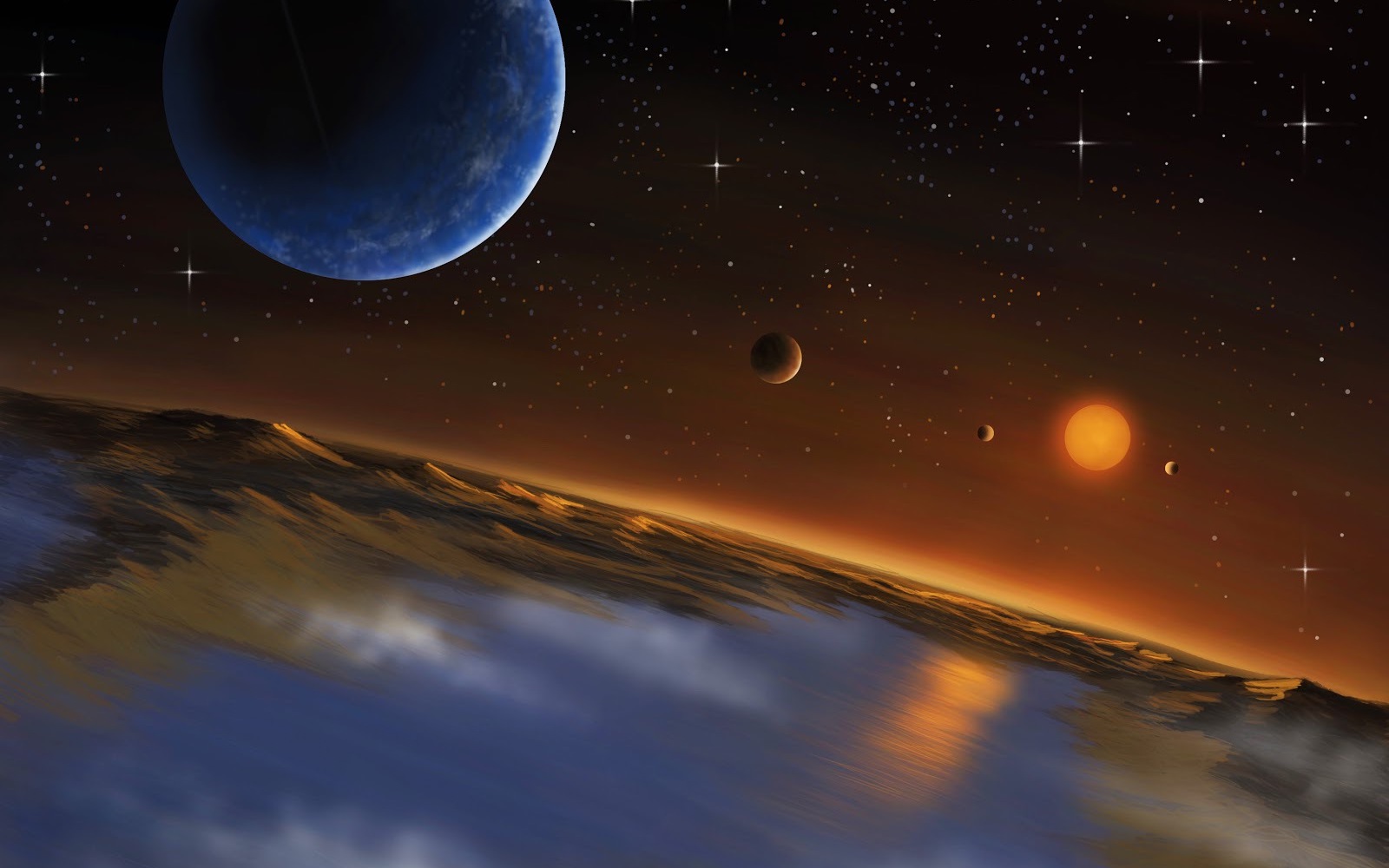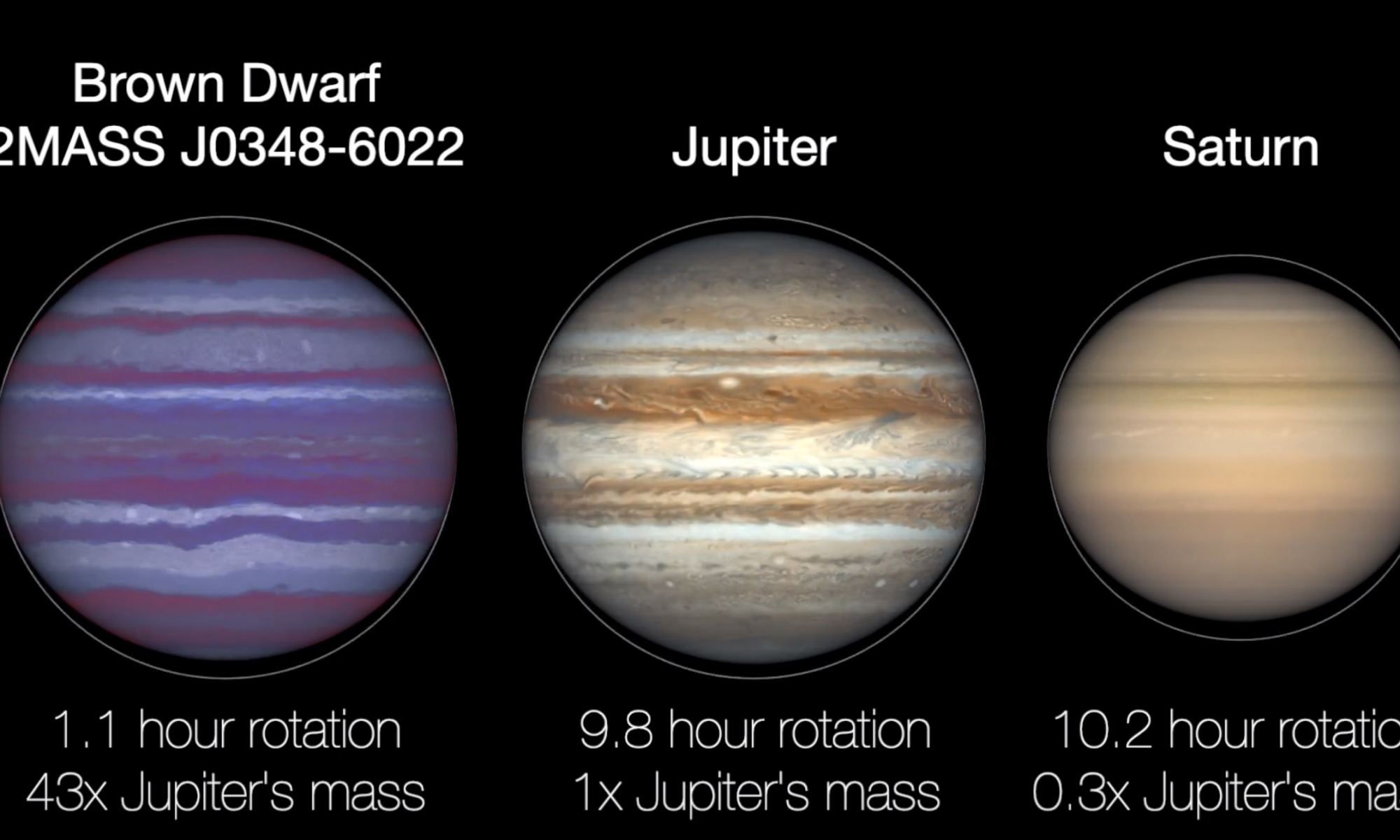The Breakthrough Listen project has made several attempts to find evidence of alien civilizations through radio astronomy. Its latest effort focuses attention on the center of our galaxy.
Continue reading “Breakthrough Listen Searched for Signals From Intelligent Civilizations Near the Center of the Milky Way”11-Sigma Detection of Dark Energy Comes From Measuring Over a Million Extremely Distant Galaxies
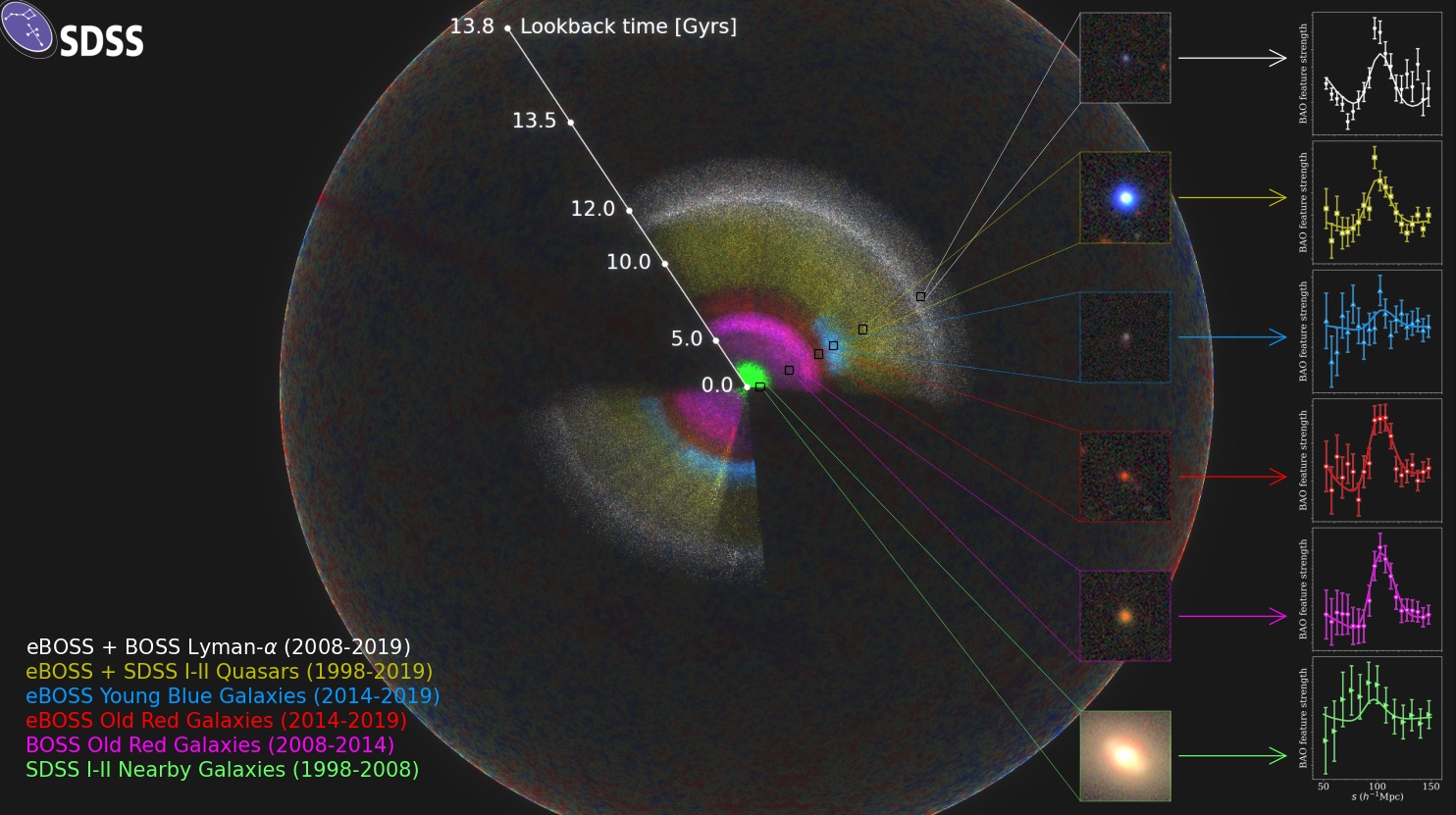
After galaxies began to form in the early universe, the universe continued to expand. The gravitational attraction between galaxies worked to pull galaxies together into superclusters, while dark energy and its resulting cosmic expansion worked to drive these clusters apart. As a result, the universe is filled with tight clusters of galaxies separated by vast voids of mostly empty space.
Continue reading “11-Sigma Detection of Dark Energy Comes From Measuring Over a Million Extremely Distant Galaxies”Smallest, Closest Black Hole Ever Discovered is Only 1,500 Light-Years Away
In theory, a black hole is easy to make. Simply take a lump of matter, squeeze it into a sphere with a radius smaller than the Schwarzschild radius, and poof! You have a black hole. In practice, things aren’t so easy. When you squeeze matter, it pushes back, so it takes a star’s worth of weight to squeeze hard enough. Because of this, it’s generally thought that even the smallest black holes must be at least 5 solar masses in size. But a recent study shows the lower bound might be even smaller.
Continue reading “Smallest, Closest Black Hole Ever Discovered is Only 1,500 Light-Years Away”A new Technique Could use Quasars to Directly Measure the Expansion Rate of the Universe

One of the biggest challenges to measuring the expansion of the universe is the fact that many of the methods we use are model-dependent. The most famous example is the use of distant supernovae, where we compare the standard brightness of a Type Ia supernova with their apparent brightness to find their distance. But knowing the standard brightness depends upon comparing them to the brightness of Cepheid variables which is in turn determined by measuring the distances of nearby stars via parallax. Every step of this cosmic distance ladder depends upon the step before it.
Continue reading “A new Technique Could use Quasars to Directly Measure the Expansion Rate of the Universe”One Idea to Explain Dark Matter – Ultralight Bosons – Fails the Test

Dark matter continues to resist our best efforts to pin it down. While dark matter remains a dominant theory of cosmology, and there is lots of evidence to support a universe filled with cold dark matter, every search for dark matter particles yields nothing. A new study continues that tradition, ruling out a range of dark matter candidates.
Continue reading “One Idea to Explain Dark Matter – Ultralight Bosons – Fails the Test”You Thought Black Hole Event Horizons Looked Strange. Check out Binary Black Hole Event Horizons
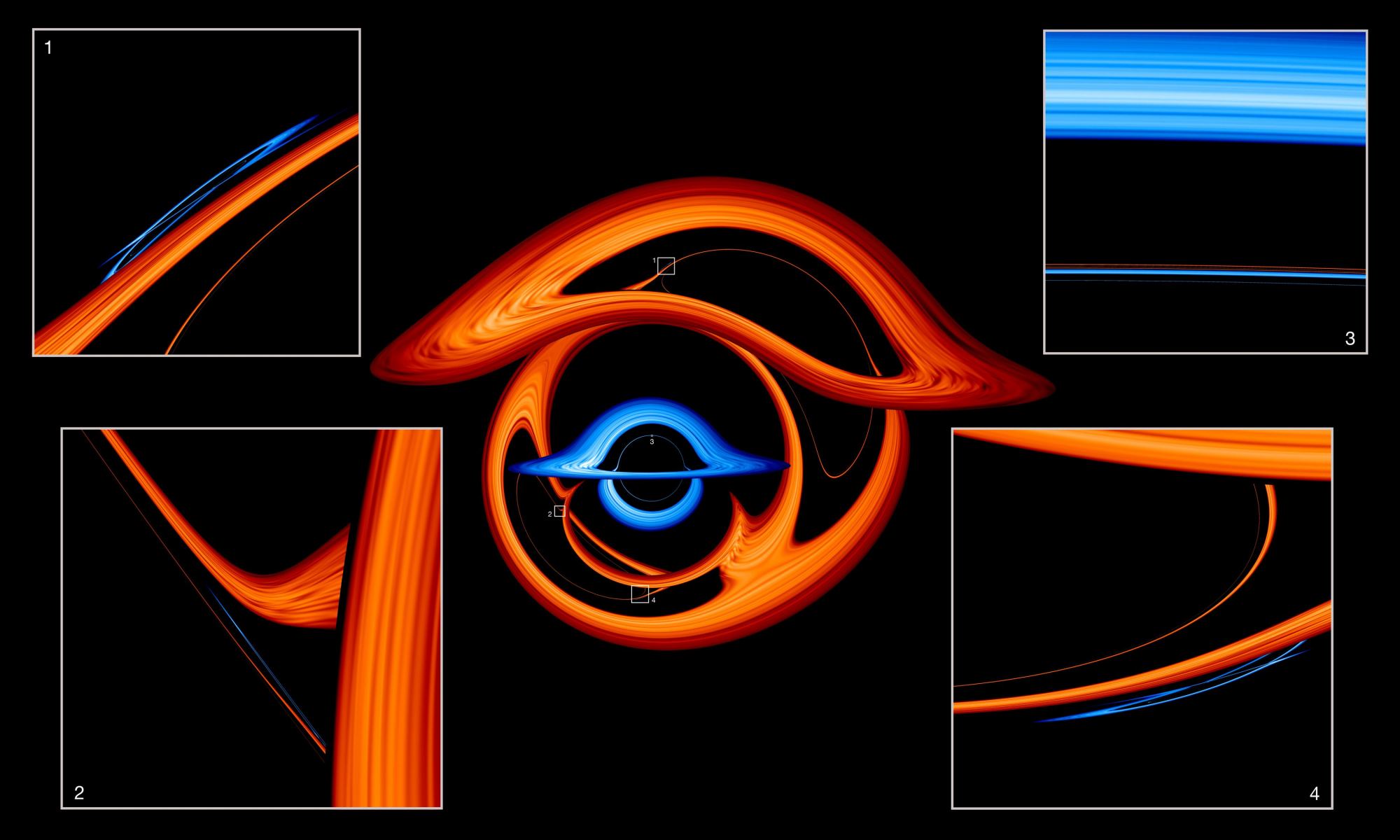
One of the strangest predictions of general relativity is that gravity can deflect the path of light. The effect was first observed by Arthur Eddington in 1919. While the bending effect of the Sun is small, near a black hole light deflection can be significant. So significant that you need a powerful supercomputer to calculate how light will behave.
Continue reading “You Thought Black Hole Event Horizons Looked Strange. Check out Binary Black Hole Event Horizons”Finding Oxygen on an Alien World Doesn't Always Mean There's Life There
We now know the universe is filled with planets. By one estimate, there are more than 20 billion Earth-like worlds in our galaxy alone. But how many of them are likely to have life? And how would we know if they do? Unless they happen to send us a very clear message directly, the most likely way we’ll discover exoplanet life is by looking at their atmospheres.
Continue reading “Finding Oxygen on an Alien World Doesn't Always Mean There's Life There”Brown Dwarfs can Spin so Fast They Almost Tear Themselves Apart
We tend to image planets as spheres. Held together by gravity, the material of a planet compresses and shifts until gravity and pressure reach a balance point known as hydrostatic equilibrium. Hydrostatic equilibrium is one of the defining characteristics of a planet. If a planet were stationary and of uniform density, then at equilibrium, it would be a perfect sphere. But planets rotate, and so even the largest planets aren’t a perfect sphere.
Continue reading “Brown Dwarfs can Spin so Fast They Almost Tear Themselves Apart”Primordial Asteroids That Never Suffered Massive Collisions all Seem to be Larger Than 100 km. Why?
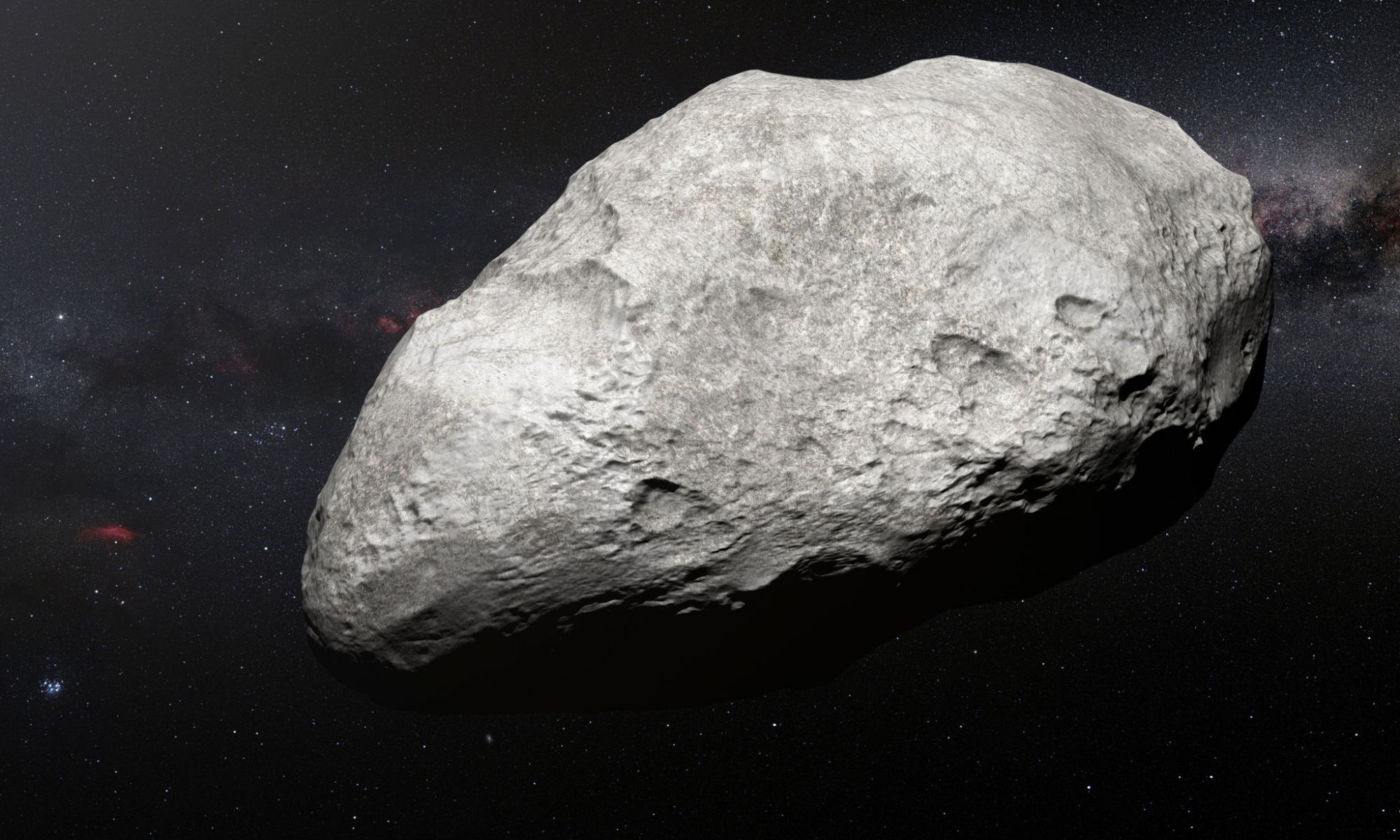
Planetary systems form out of the remnant gas and dust of a primordial star. The material collapses into a protoplanetary disk around the young star, and the clumps that form within the disk eventually become planets, asteroids, or other bodies. Although we understand the big picture of planetary formation, we’ve yet to fully understand the details. That’s because the details are complicated.
Continue reading “Primordial Asteroids That Never Suffered Massive Collisions all Seem to be Larger Than 100 km. Why?”An Intermediate-Mass Black Hole Discovered Through the Gravitational Lensing of a Gamma-ray Burst
Black holes come in three sizes: small, medium, and large. Small black holes are of stellar mass. They form when a large star collapses at the end of its life. Large black holes lurk in the centers of galaxies and are millions or billions of solar masses. Middle-sized black holes are those between 100 to 100,000 solar masses. They are known as Intermediate Mass Black Holes (IMBHs), and they are the kind we least understand.
Continue reading “An Intermediate-Mass Black Hole Discovered Through the Gravitational Lensing of a Gamma-ray Burst”
